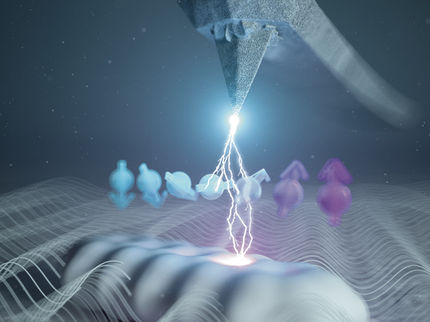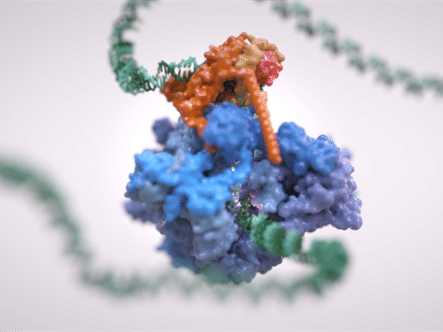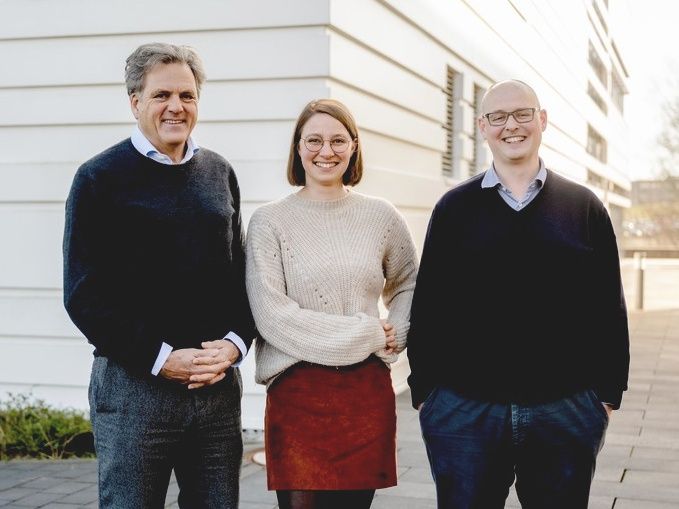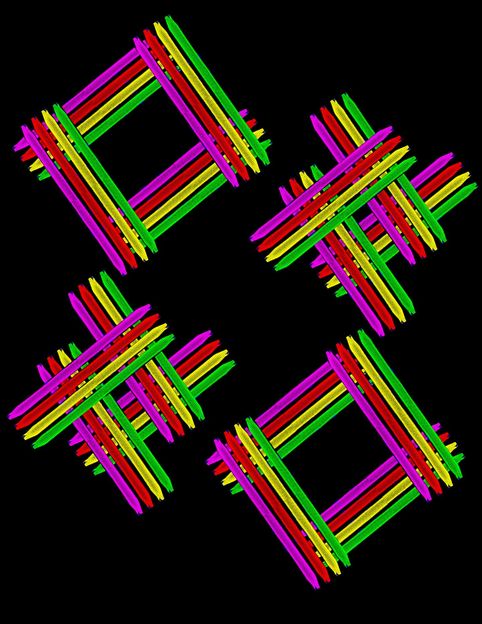Molecular dynamics in real time
A novel spectroscopic method allows ultrafast processes within molecules to be observed
A European research team has developed a novel spectroscopic method that can be used to observe ultrafast dynamic processes of electrons and vibrations within molecules – with atomic resolution and in real time. A team from the University of Jena supported the experimental team in Barcelona in the theoretical description of the processes. The researchers demonstrate their "attosecond core-level spectroscopy" using the example of the furan molecule and present their method in the journal "Nature Photonics".
Chemical reactions are complex mechanisms. They involve various dynamic processes of electrons and atomic nuclei, which influence each other. Very often, strongly coupled electron and nuclear dynamics lead to ultrafast radiation-less relaxation processes known as conical intersections. So far, however, such processes, which are of high chemical and biological relevance, have been very difficult to detect experimentally. This is because the movements of electrons and atomic nuclei are difficult to distinguish from each other and occur on ultrafast time scales, down to the attosecond range – a billionth of a billionth of a second.
In a recent publication in "Nature Photonics", the experimental research team from the Institute of Photonic Sciences (ICFO) in Barcelona and the theoretical team led by Dr Karl Michael Ziems and Prof. Dr Stefanie Gräfe from Friedrich Schiller University Jena have now presented a powerful tool that can capture such molecular dynamics in real time. The researchers benchmarked their method on the dynamics of the furan molecule in the gas phase. Furan is an organic molecule consisting of carbon, hydrogen and oxygen, with the atoms arranged in a planar pentagonal geometry – a "chemical ring". Furan is a prototypical example of chemical ring compounds found in numerous everyday products such as fuels, pharmaceuticals and agrochemicals.
How a chemical ring is opened and how it closes again
The team succeeded in time-resolving the details of the ring-opening dynamics of furan, i.e. the fission of the bond between a carbon atom and the oxygen atom, which breaks up the ring structure. To do this, the furan molecule was first excited by a laser beam (the pump pulse). With a subsequent, weaker attosecond pulse (the probe), the researchers were able to observe the changes in the molecule triggered by the pump.
After the initial photoexcitation, the expected coupling regions between different states (conical intersections) could be localized in time by analysing the changes in the absorption spectrum as a function of the delay between pump and probe. The appearance and disappearance of absorption features provide signatures of the changes in the electronic state of furan.
The researchers were thus able to show for the first time that a quantum superposition is generated between different electronic states – an electronic wave packet – which manifests itself in the form of so-called quantum beats. The actual ring opening via so-called dark states could also be demonstrated with the experimental setup. The transition of the molecule from a closed to an open ring geometry is reflected in a changed absorption spectrum. Finally, the molecule returned to its electronic ground state, whose transition was also precisely time-resolved.
New tool for analysing fast processes in molecules
The team of authors emphasizes that attosecond core-level spectroscopy is not limited to studies of this particular molecule, but is suitable as a tool for a wide range of applications. For example, it could be used to analyse complex dynamics such as those that occur in the interaction between ultraviolet radiation and DNA. The researchers also see the manipulation of chemical reaction processes as one of the most promising applications for their work.
Original publication
Other news from the department science
Most read news
More news from our other portals
See the theme worlds for related content
Topic World Spectroscopy
Investigation with spectroscopy gives us unique insights into the composition and structure of materials. From UV-Vis spectroscopy to infrared and Raman spectroscopy to fluorescence and atomic absorption spectroscopy, spectroscopy offers us a wide range of analytical techniques to precisely characterize substances. Immerse yourself in the fascinating world of spectroscopy!

Topic World Spectroscopy
Investigation with spectroscopy gives us unique insights into the composition and structure of materials. From UV-Vis spectroscopy to infrared and Raman spectroscopy to fluorescence and atomic absorption spectroscopy, spectroscopy offers us a wide range of analytical techniques to precisely characterize substances. Immerse yourself in the fascinating world of spectroscopy!


























































